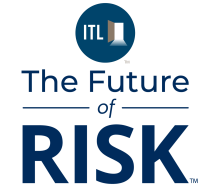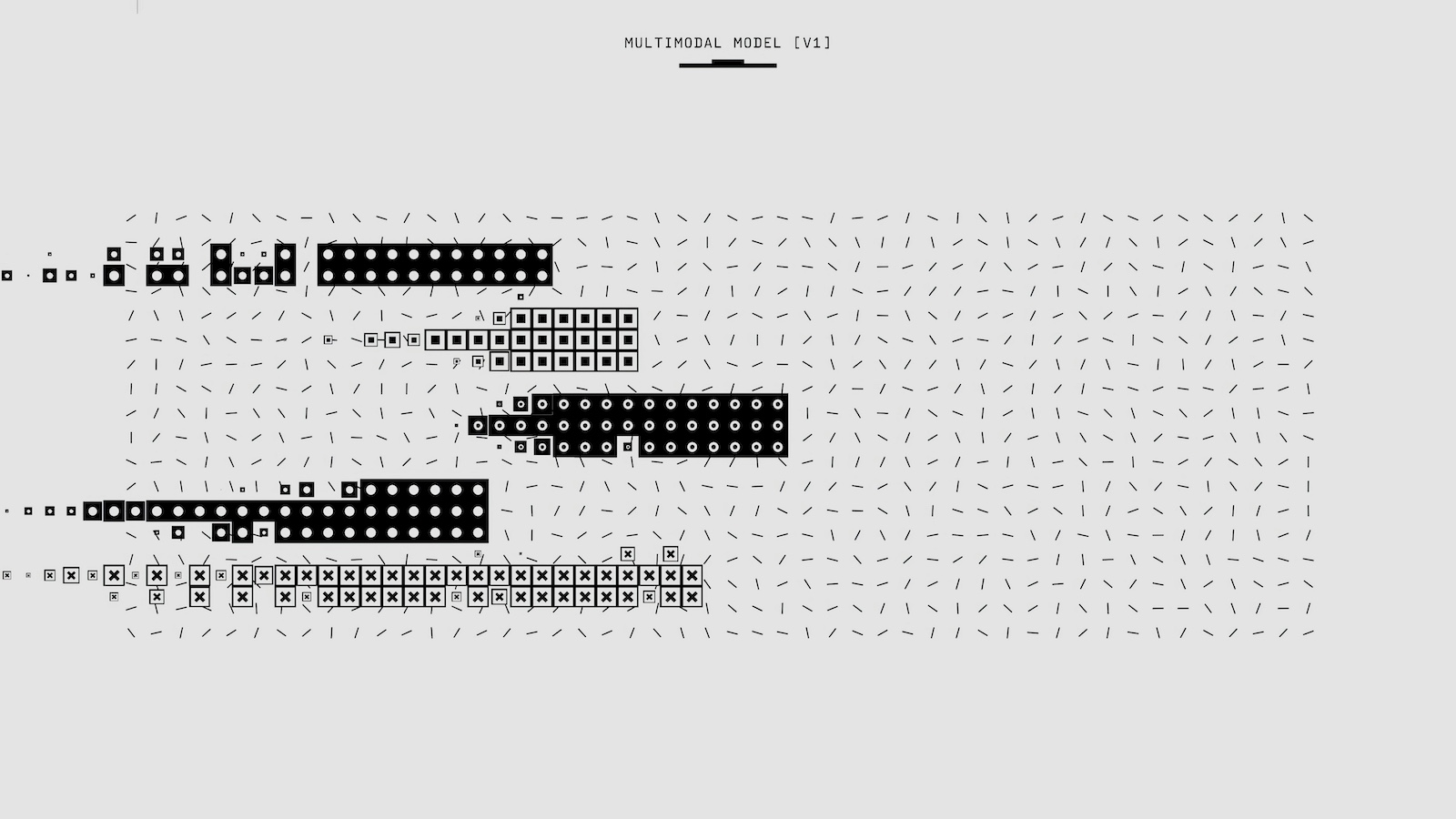Remember flip phones? They could make calls, send texts (if you were patient) and maybe took a blurry photo or two. Back then, they felt like cutting-edge tech, and for a while, they got the job done. But imagine trading your iPhone for one of those old Nokias today. Good luck ordering an Uber, paying for coffee or getting to your next meeting without a printed paper map.
That's exactly what it's like when insurance companies cling to outdated legacy systems.
Sure, those platforms might still "work," in the most technical sense, but they weren't built for today's speed, scale or customer expectations. Just like a flip phone in a smartphone world, legacy systems slow you down, frustrate your users, and make it harder to keep up, let alone get ahead.
Outdated Tech, Real-World Consequences
And that's not a hypothetical problem; 74% of insurers are still running on legacy systems, and the consequences are stacking up fast.
Legacy systems are one of the leading causes of customer dissatisfaction in the insurance industry today. These systems slow insurers' ability to deliver the kind of seamless, digital-first experience customers expect, especially younger, tech-savvy ones who compare every interaction against Amazon or Apple.
And the risks go way beyond frustration. In 2021, CNA Financial was hit with a ransomware attack that shut down systems, exposed sensitive customer data, and reportedly cost them $40 million in ransom. The incident made national headlines; customers were rattled, and the brand's reputation took a hit (one it's still working to recover from). So, in today's climate, legacy systems aren't just inefficient, they are a liability. In an industry built on trust, you can't afford that kind of failure.
The damage isn't just visible. There's also the money you're bleeding without even realizing it. Research shows 5–10% of premiums are lost every year to "premium leakage." Translation: That's revenue slipping through the cracks when legacy processes and disconnected or fragmented systems fail to accurately assess or price risk.
Legacy systems may still "work," but they're quietly (or not so quietly) slowing you down, eroding trust, and draining profits.
Modernizing Doesn't Mean Breaking the Bank
Upgrading technology makes people nervous, and honestly, who can blame them? Upgrades bring up all the right, but tough to answer, questions: How much will this cost? Why do we need it now? How long is this going to take?
Those concerns are valid. But here's the catch: Sticking with outdated systems creates bigger, more expensive problems. And the industry knows it; 71% of insurance executives are frustrated by how hard it is to launch digital programs. That's not just noise; it's a red flag. The industry is ready for change, and customers already expect it.
The good news is you don't have to blow up your budget or your team's bandwidth to modernize. Today's platforms are leaner, faster and designed to make life easier for your people and your policyholders.
If you are still on the fence, know insurers using modern policy admin systems have slashed IT costs per policy by up to 41%, according to McKinsey. That's real money you can redirect into innovation, training and delivering the kind of experience that earns trust and keeps it.
Taking the First Step
Modernizing your business doesn't have to mean burning everything down and starting from scratch. In fact, the smartest companies start small, zeroing in on high-impact areas like claims or customer service, and roll out modern solutions in phases. It's a faster path to real results without throwing your operations into chaos.
Legacy systems might've done the job once, just like that old flip phone you couldn't live without. But today, they're more liability than assets. The longer you hang on, the harder it gets to keep up. The real shift isn't just about tech. It's about staying competitive, staying secure and staying relevant. The best advice I can give is to start where it matters, scale toughtfully and stay ahead.






